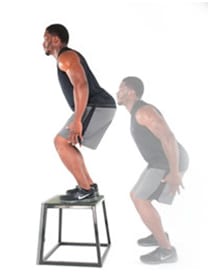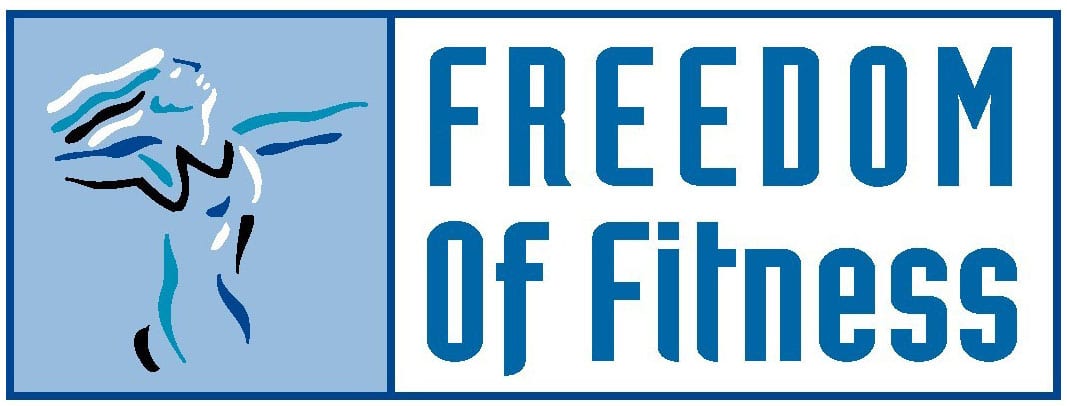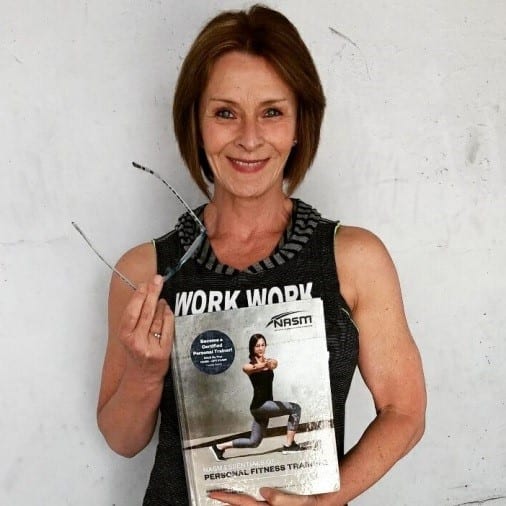 Before incorporating plyometrics into your training program, ask yourself, “does this help me reach my goal?” If your goal is to enhance athletic performance ( i.e. vertical jump for basketball player) or help you with your job performance ( i.e. police officer chasing a criminal and having to jump over a fence), then plyometrics may be for you. If your goal is to compete in a bikini contest, this choice of exercise may not be necessary.
Before incorporating plyometrics into your training program, ask yourself, “does this help me reach my goal?” If your goal is to enhance athletic performance ( i.e. vertical jump for basketball player) or help you with your job performance ( i.e. police officer chasing a criminal and having to jump over a fence), then plyometrics may be for you. If your goal is to compete in a bikini contest, this choice of exercise may not be necessary.
Consider your training status. Are you deconditioned, injured, inexperienced, have a medical condition, or are you an older adult with osteoporosis? These variables will effect your plyo exercise choices or whether you should include this form of exercise or not.
Is the training area that you have to work with safe? Is your landing surface a grass field, field turf, suspended floor or rubber mat? Or are you jumping onto a hard cement surface? Do you have enough space and can you do the drill without plowing into another person or a piece of equipment? Are you wearing non-slip footwear?
Many of us can do low intensity plyometric exercises like jumping rope, skipping, burpies or vertical jumps, however, if you are thinking of doing some of the harder drills like; a depth jump, lateral bounding, one-legged jumps, or jump squats (weighted), certain things should be in place first.
a) For lower body plyo exercises, learning proper exercise and landing technique is essential. Of course, even upper body plyo exercises should be performed with good technique.
b) Because plyometric exercises involve significant strength & muscle control, consider a resistance training program that includes core exercises, like the bench press, deadlift and squat, first. Ideally, 3 months of consistent resistant training is recommended. The only published recommendations for high intensity plyos are: Be able to do 1) 1 one-rep max squat of 1.5 times your body weight, 2) a 1 rep max bench for people over 220 lbs., and 1.5 times your body weight if you are under 220 lbs., and / or 3) be able to do 5 clap push ups in a row.
c) Since speed is part of this type of training, you should be able to do 5 reps of a squat with 60% of your body weight in 5 seconds and the same for bench press, if you are doing upper body plyos.
d) Balance is also a consideration, especially for one-legged exercises. It is recommended that you be able to do a one-legged half squat for 30 seconds, without falling, first.
e) Hire a qualified professional to teach you proper technique, how to choose the right exercises for you and how to progress, safely, towards your goal.
Here are just a few tips to keep you safe, if you are considering this type of exercise. Have fun but most of all, stay injury-free.


